Sidusglacies - ⚡️
More Posts from Sidusglacies and Others
I would choose you in every life;
time after time, we meet again.

Planetary Satellites (1977)













space goddess


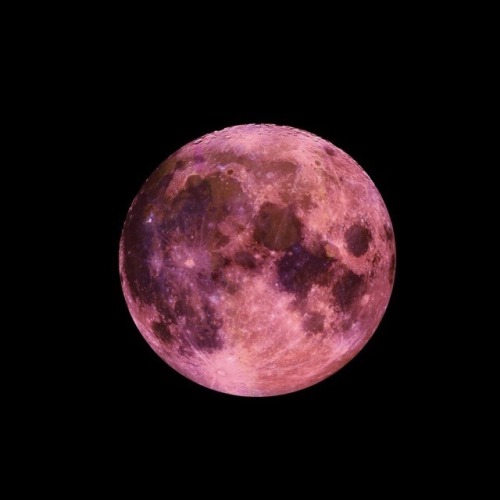
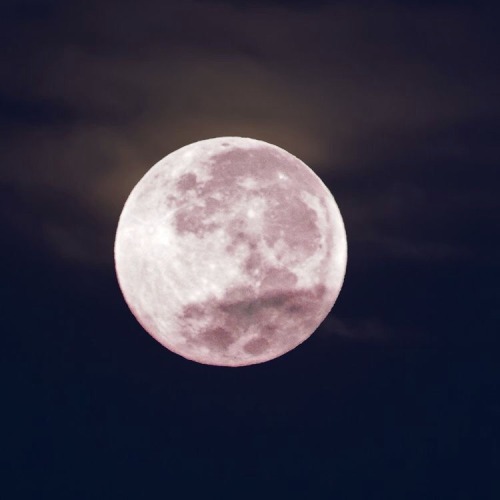
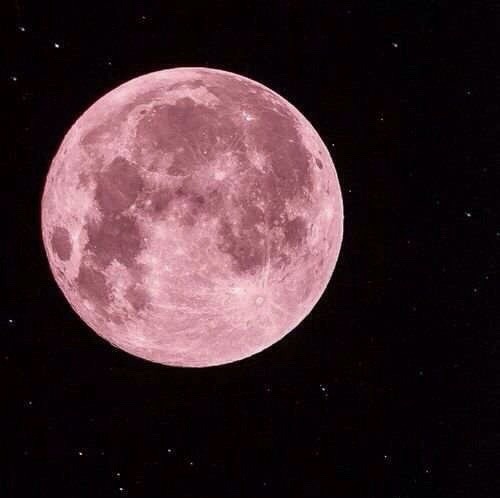
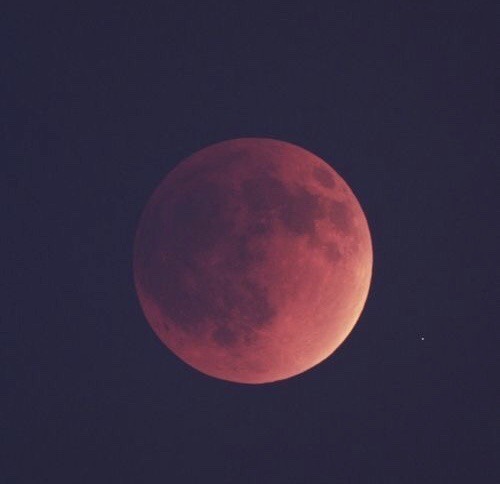
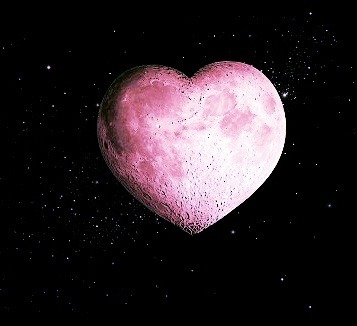
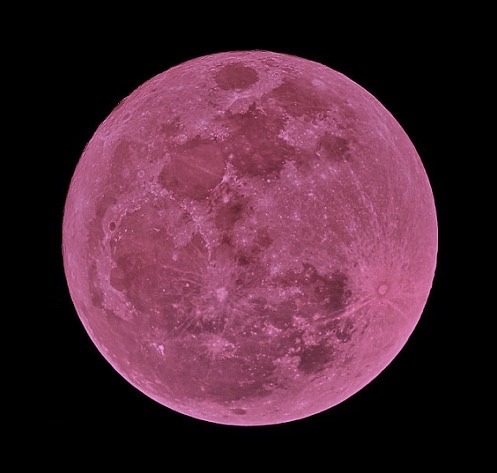


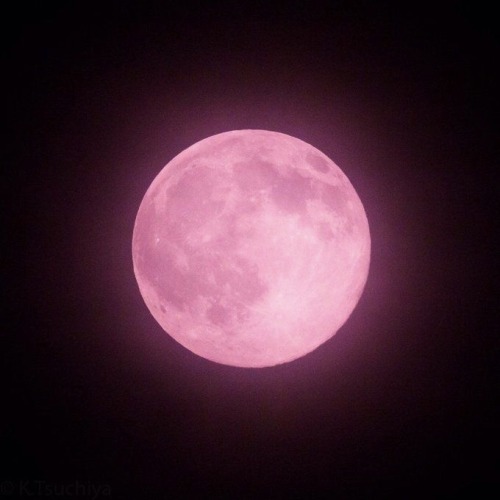
the moon is a loyal companion

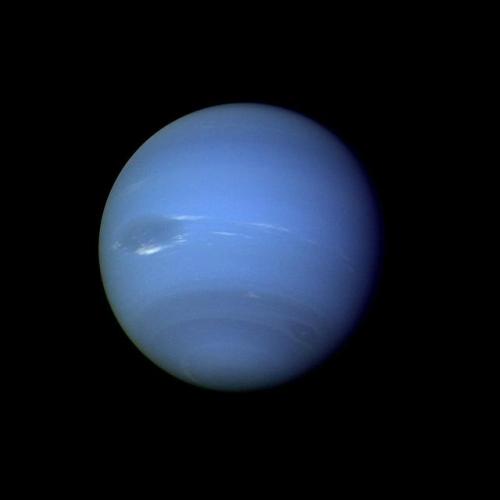
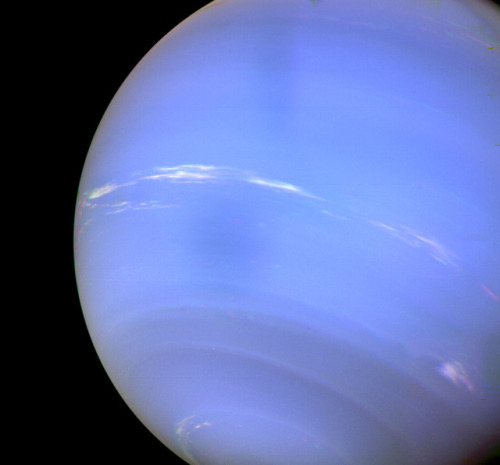
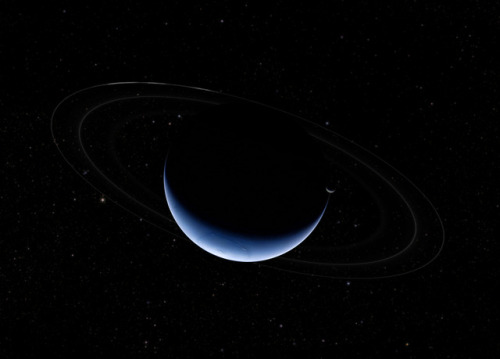
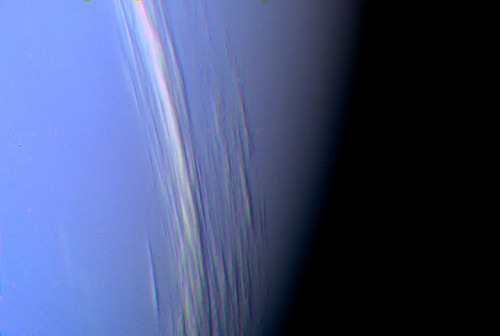
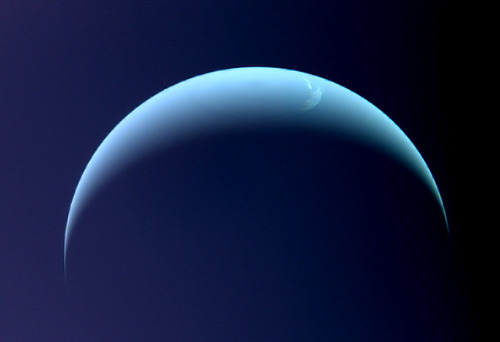
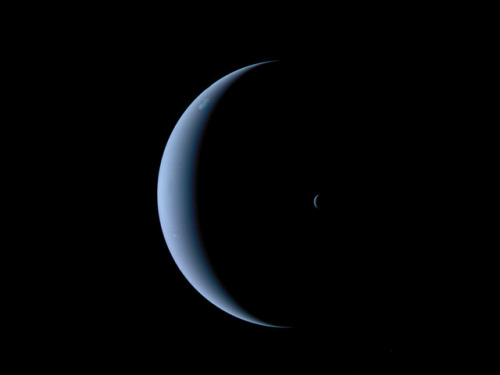
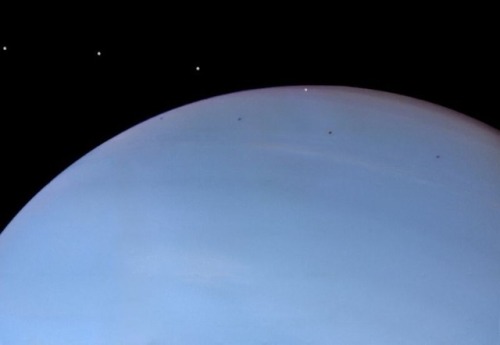
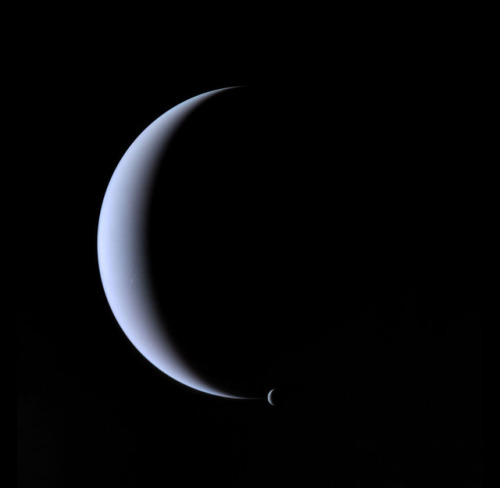
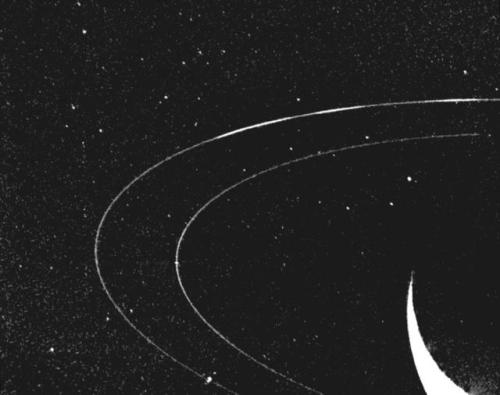
Neptune ♆
On this day in 1846 was discovered the planet Neptune.
The ice giant Neptune was the first planet located through mathematical predictions rather than through regular observations of the sky. (Galileo had recorded it as a fixed star during observations with his small telescope in 1612 and 1613.) When Uranus didn’t travel exactly as astronomers expected it to, a French mathematician, Urbain Joseph Le Verrier, proposed the position and mass of another as yet unknown planet that could cause the observed changes to Uranus’ orbit. After being ignored by French astronomers, Le Verrier sent his predictions to Johann Gottfried Galle at the Berlin Observatory, who found Neptune on his first night of searching in 1846. Seventeen days later, its largest moon, Triton, was also discovered.
Neptune is invisible to the naked eye because of its extreme distance from Earth. Interestingly, the highly eccentric orbit of the dwarf planet Pluto brings Pluto inside Neptune’s orbit for a 20-year period out of every 248 Earth years. Pluto can never crash into Neptune, though, because for every three laps Neptune takes around the Sun, Pluto makes two. This repeating pattern prevents close approaches of the two bodies.
Nearly 4.5 billion kilometers (2.8 billion miles) from the Sun, Neptune orbits the Sun once every 165 years.
Uranus’ blue-green color is also the result of atmospheric methane, but Neptune is a more vivid, brighter blue, so there must be an unknown component that causes the more intense color.
Despite its great distance and low energy input from the Sun, Neptune’s winds can be three times stronger than Jupiter’s and nine times stronger than Earth’s.
Winds on Neptune travel faster than the speed of sound.
In 1989, Voyager 2 tracked a large, oval-shaped, dark storm in Neptune’s southern hemisphere. This “Great Dark Spot” was large enough to contain the entire Earth.
Neptune has five known rings. Voyager 2’s observations confirmed that these unusual rings are not uniform but have four thick regions (clumps of dust) called arcs. The rings are thought to be relatively young and short-lived.
Neptune has 14 known moons, six of which were discovered by Voyager 2.
Triton, Neptune’s largest moon, orbits the planet in the opposite direction compared with the rest of the moons, suggesting that it may have been captured by Neptune in the distant past.
To know more about the planet Neptune click here and here.
Images credit: NASA/JPL- Caltech (some images processed by Kevin M. Gill)

What drives auroras on Saturn? To help find out, scientists have sorted through hundreds of infrared images of Saturn taken by the Cassini spacecraft for other purposes, trying to find enough aurora images to correlate changes and make movies. Once made, some movies clearly show that Saturnian auroras can change not only with the angle of the Sun, but also as the planet rotates. Furthermore, some auroral changes appear related to waves in Saturn's magnetosphere likely caused by Saturn's moons. Pictured here, a false-colored image taken in 2007 shows Saturn in three bands of infrared light. The rings reflect relatively blue sunlight, while the planet itself glows in comparatively low energy red. A band of southern aurora in visible in green. In has recently been found that auroras heat Saturn's upper atmosphere. Understanding Saturn's auroras is a path toward a better understanding of Earth's auroras.
Image Credit: NASA, Cassini, VIMS Team, U. Arizona, U. Leicester, JPL, ASI
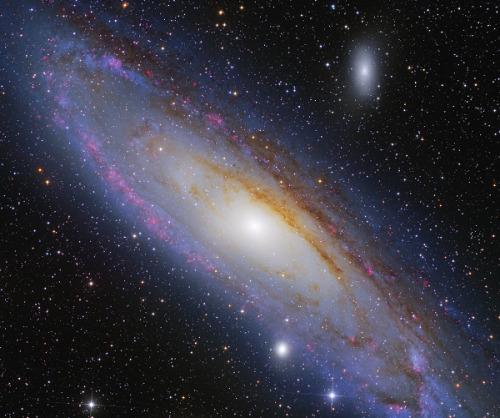
-
 jussarademelloantunes reblogged this · 3 years ago
jussarademelloantunes reblogged this · 3 years ago -
 87-life reblogged this · 3 years ago
87-life reblogged this · 3 years ago -
 adaria-things-world liked this · 3 years ago
adaria-things-world liked this · 3 years ago -
 m-and-a-desires liked this · 3 years ago
m-and-a-desires liked this · 3 years ago -
 stalkerlux reblogged this · 3 years ago
stalkerlux reblogged this · 3 years ago -
 stalkerlux liked this · 3 years ago
stalkerlux liked this · 3 years ago -
 hiromusicarts-blog liked this · 3 years ago
hiromusicarts-blog liked this · 3 years ago -
 snamn reblogged this · 3 years ago
snamn reblogged this · 3 years ago -
 thebestinthewestandtheeast liked this · 3 years ago
thebestinthewestandtheeast liked this · 3 years ago -
 osmankhtab93 liked this · 3 years ago
osmankhtab93 liked this · 3 years ago -
 andjanae liked this · 3 years ago
andjanae liked this · 3 years ago -
 animae-meae liked this · 3 years ago
animae-meae liked this · 3 years ago -
 enchantingcolortacogarden liked this · 3 years ago
enchantingcolortacogarden liked this · 3 years ago -
 ceramisque reblogged this · 3 years ago
ceramisque reblogged this · 3 years ago -
 ceramisque liked this · 3 years ago
ceramisque liked this · 3 years ago -
 isabelledonor liked this · 3 years ago
isabelledonor liked this · 3 years ago -
 julianomar1 liked this · 3 years ago
julianomar1 liked this · 3 years ago -
 freedomforeverybody118 liked this · 3 years ago
freedomforeverybody118 liked this · 3 years ago -
 zalezeig55 liked this · 3 years ago
zalezeig55 liked this · 3 years ago -
 a-touc-of-love liked this · 3 years ago
a-touc-of-love liked this · 3 years ago -
 kaleidofun reblogged this · 3 years ago
kaleidofun reblogged this · 3 years ago -
 sonsofanarchy75 liked this · 3 years ago
sonsofanarchy75 liked this · 3 years ago -
 robin-2dogs liked this · 3 years ago
robin-2dogs liked this · 3 years ago -
 fuzzydreamergardenranch liked this · 3 years ago
fuzzydreamergardenranch liked this · 3 years ago -
 sublimegiverpanda liked this · 3 years ago
sublimegiverpanda liked this · 3 years ago -
 randybehere liked this · 3 years ago
randybehere liked this · 3 years ago -
 horatiosdreams liked this · 3 years ago
horatiosdreams liked this · 3 years ago -
 stanjames-world-3 liked this · 3 years ago
stanjames-world-3 liked this · 3 years ago -
 londonrobert liked this · 3 years ago
londonrobert liked this · 3 years ago -
 staakenau liked this · 3 years ago
staakenau liked this · 3 years ago -
 lordkunst liked this · 3 years ago
lordkunst liked this · 3 years ago -
 efsunca liked this · 3 years ago
efsunca liked this · 3 years ago -
 jennyperez16246 liked this · 3 years ago
jennyperez16246 liked this · 3 years ago -
 lady--l reblogged this · 3 years ago
lady--l reblogged this · 3 years ago -
 lady--l liked this · 3 years ago
lady--l liked this · 3 years ago -
 dmitriy-rusanov liked this · 3 years ago
dmitriy-rusanov liked this · 3 years ago -
 azizcengiz44 liked this · 3 years ago
azizcengiz44 liked this · 3 years ago

